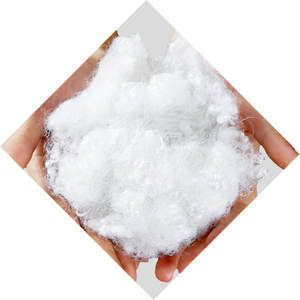
hpmc 200000 cps hpmc-rdp-poly-superplasticizer-acid citric lando hpmc powder food grade methyl cellulose powder

High quality plasticizer foaming agent lubricant CAS84-66-2 diethyl phthalate DEP

Fireproof Soundproof Silica Aerogel indoor wall insulation silica aerogel blanket

Factory Direct Concrete Superplasticizer Concrete Mortar Admixtures For Construction Site

High performance gfrp bar glass fiber rebar epoxy composite fiberglass rebar for concrete reinforcement

Glass Glue Concrete Crack Filler Neutral Curing Acedic Clear Polyurethane High Strength Waterproof Adhesive Silicone Sealant
Concrete waterproofing is a critical process in construction that involves protecting concrete structures from water infiltration and moisture damage. Concrete, while inherently strong and durable, can be porous, allowing water to seep through and potentially causing structural deterioration, corrosion, mold growth, and other issues. Effective waterproofing ensures the longevity and integrity of buildings and infrastructure, especially in areas prone to water exposure or in below-grade structures like basements, foundations, and tunnels.
Application of Concrete Waterproofing:
There are several methods and materials used in concrete waterproofing, each with its advantages and applications. Some common approaches include:
1、Integral Waterproofing: This method involves adding admixtures directly to the concrete mix during batching. These chemicals improve the concrete's density and reduce its porosity, creating a barrier against water penetration. Integral waterproofing is useful for mass concrete pours where external membranes are difficult to apply.
2 、Surface Applied Membranes: These are coatings or sheets applied to the surface of the cured concrete. They can be bituminous, acrylic, polyurethane, or rubber-based, providing a flexible and impermeable layer. Membranes can be either liquid-applied, which cures to form a seamless barrier, or sheet membranes that are adhered or mechanically fastened.
3、Cementitious Coatings: These are polymer-modified cement-based products applied to the concrete surface. They form a hard, durable barrier that bonds with the concrete, resisting water pressure and abrasion. They are suitable for both positive and negative side waterproofing applications.
4、Injection Systems: In cases where cracks or leaks have already occurred, injection of hydrophilic or hydrophobic resins can seal these defects. Injection can be performed from either the positive or negative side of the concrete structure.
5、Protective Barriers: Using materials like polyethylene (PE) sheets or boards, such as the mentioned PE anchor plates, which are fixed to the concrete surface before applying a protective layer of concrete or mortar. These provide a physical barrier against water ingress and can be particularly effective in retrofitting existing structures.
Cie-china is professional in lightweight concrete and foam concrete solutions. We can supply concrete foaming agent, superplasticizer, aerogel and foam concrete strength enhancer for lightweight concrete mix, CLC blocks all over the world. Send us an email or click on the needed products to send an inquiry.
Payment Term:
L/C, T/T, Western Union, Paypal, Credit Card etc.
Shipment Term:
By sea, by air, by express, as customers request.
Storage conditions:
1) Store in a dry environment at room temperature.
2) Avoid damp and high temperature.
3) Use immediately after opening the inner packing bag.
Q1: How do I choose the right waterproofing method for my project?
A: The choice depends on factors like the structure's location, exposure conditions, expected water pressure, and budget. Consulting with a professional waterproofing expert or structural engineer is advisable to determine the best approach.
Q2: Is waterproofing necessary for above-ground structures?
A: While not all above-ground structures require waterproofing, it is essential for areas exposed to frequent wetting, such as roofs, balconies, and areas with water features. It also adds protection against freeze-thaw cycles that can cause damage.
Q3: Can waterproofing be applied after the concrete has cured?
A: Yes, surface-applied membranes, cementitious coatings, and injection systems can all be applied to existing concrete structures after they have been cured.
Q4: How long does waterproofing last?
A: The lifespan of a waterproofing system varies depending on the type of system, quality of installation, and environmental conditions. Well-installed integral systems can last the lifetime of the concrete, while membranes and coatings may need periodic maintenance or replacement over time.
Q5: What are the consequences of not waterproofing concrete structures?
A: Failure to waterproof can lead to structural damage from corrosion, mold growth, reduced insulation efficiency, and even health hazards due to mold and dampness. Repair costs can be significantly higher than the initial investment in waterproofing.
Ask a quote for the latest price and one of our team members will respond as soon as possible. Fields marked with * are required.




